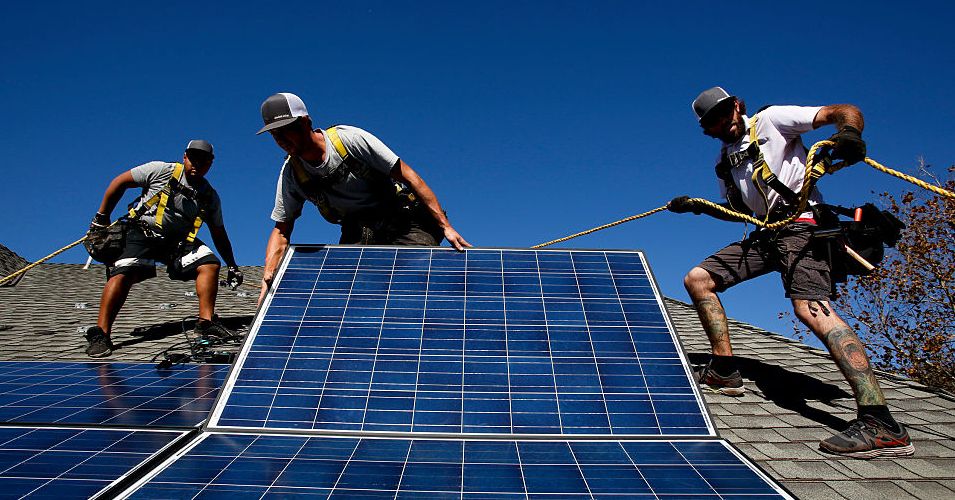Over the past two decades, homeowners have benefited from federal tax credits to help cover solar power costs, a trend expected to continue until 2034. Recently, the U.S. House proposed ending this incentive at the end of the year, potentially reversing the financial viability of solar energy for many. Glen Brand from Solar United Neighbors warned that this decision could make solar affordable for fewer Americans.
The solar tax credit has a history dating back to 1978, experiencing past expirations but receiving extensions, notably from the 2022 Inflation Reduction Act (IRA), which maintained a 30% credit until 2032. Currently, the average solar system installation costs about $28,000, translating to an $8,500 tax credit.
The House Ways and Means Committee’s proposed budget adjustments target the IRA’s solar incentives, specifically the 25D credits, which will disappear for systems installed after this year. While solar may still be viable in sunny areas with high electricity costs, the absence of tax credits will likely lengthen payback periods, reducing economic feasibility.
Analyst Zoe Gaston noted that sales and installations might surge this year as homeowners rush to take advantage of the existing tax credits before they vanish. Additionally, another credit, 48E, which benefits businesses installing solar systems for households, could be restricted. Proposed changes aim to limit materials used in solar panels based on their origin, particularly targeting “foreign entities of concern.”
Source link


